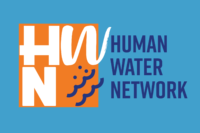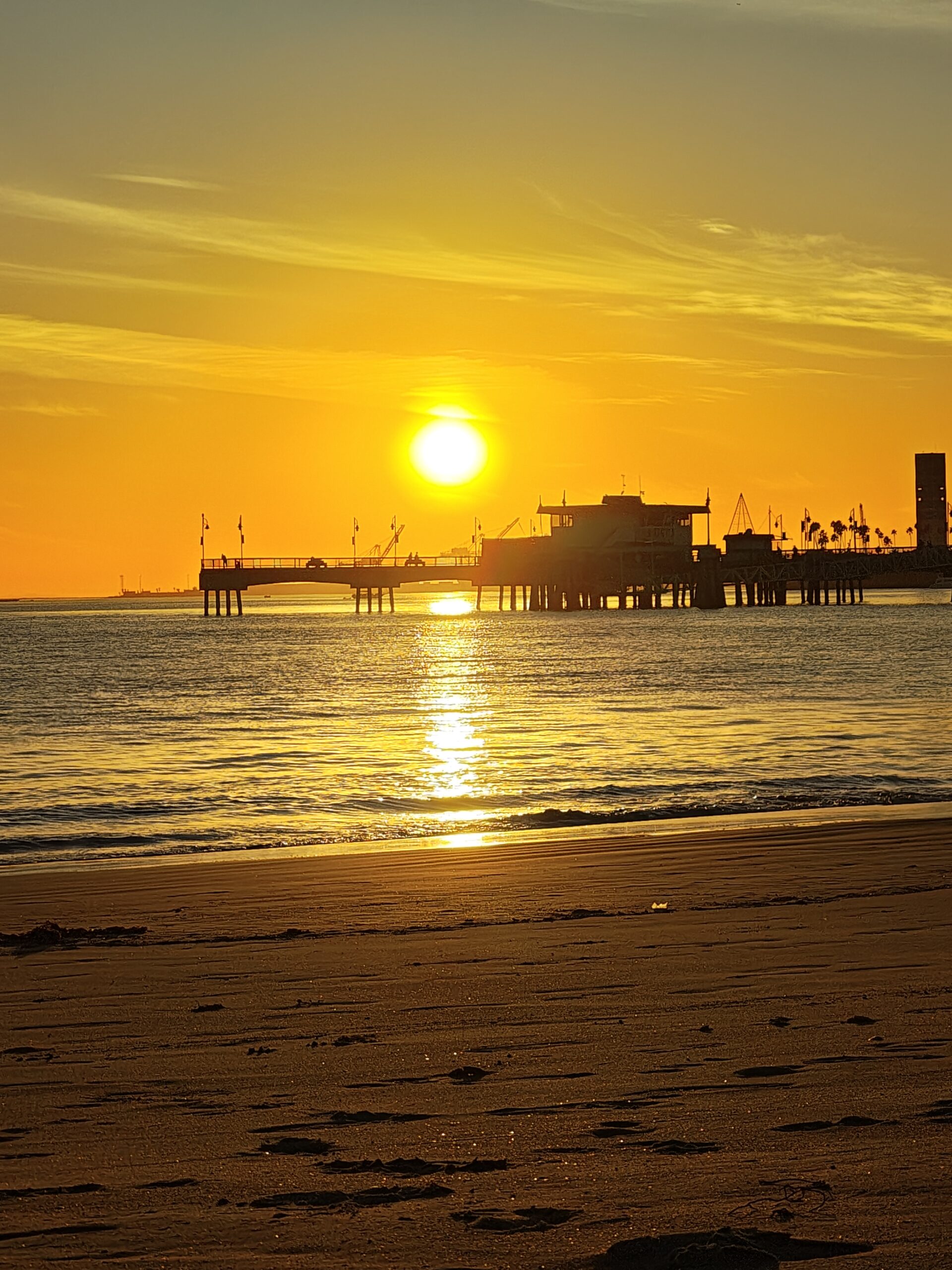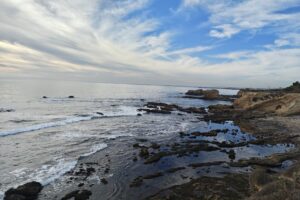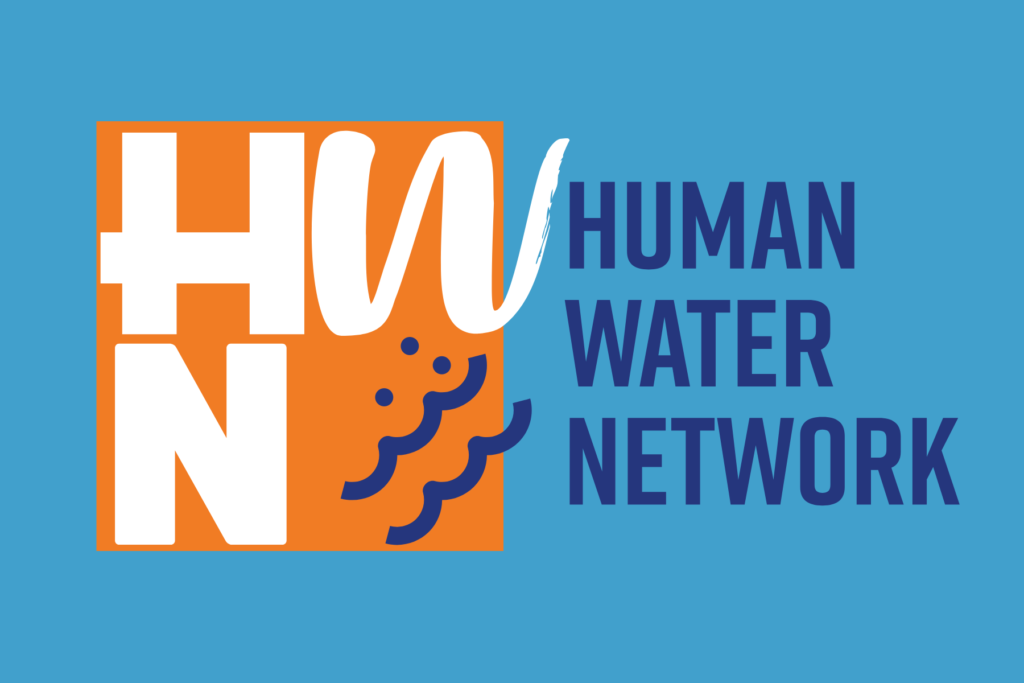Wildfires, Watersheds and The Ocean
Wildfires are a natural and sometimes necessary part of the ecosystem. However, their increasing intensity and frequency due to climate change pose significant environmental threats. Beyond their immediate impact on forests and communities, wildfires also have far-reaching effects on watersheds and the ocean, creating a cascading series of challenges for freshwater and marine ecosystems.
The Watershed Connection
Watersheds are areas of land where all the water—from rainfall, snowmelt, or nearby streams—drains into a standard outlet, such as a river, lake, or ocean. Healthy watersheds act as natural filtration systems, removing impurities and maintaining water quality. When wildfires burn through these areas, they disrupt this delicate balance in several ways.
Soil Erosion and Sedimentation
One of the most immediate effects of wildfires on watersheds is soil erosion. When vegetation burns away, the roots that hold soil in place are destroyed. Without this stabilizing force, rainstorms can wash large amounts of soil and ash into rivers and streams. This influx of sediment clogs waterways reduces water quality and damages aquatic habitats. Sedimentation can also fill reservoirs and reduce their capacity to store water, further exacerbating water scarcity issues in drought-prone regions.
Contaminants in Water Supplies
The materials left behind after a wildfire—ash, charred vegetation, and burned infrastructure—can introduce harmful contaminants into water systems. These contaminants may include heavy metals, nitrates, and phosphates, which harm humans and aquatic life. When these pollutants enter waterways, they can lead to algal blooms and oxygen depletion, creating dead zones where marine organisms cannot survive.
Altered Hydrology
Wildfires can change the way water flows through a landscape. The intense fire heat can create a hydrophobic, or water-repellent, layer in the soil, reducing its ability to absorb water. As a result, rainwater runs off more quickly, increasing the risk of flash flooding. This rapid runoff not only carries more pollutants into water systems but also reduces the recharge of groundwater aquifers, which are critical for long-term water supply.
From Watershed to Ocean
The health of watersheds is directly tied to the health of the ocean. Rivers and streams serve as conduits, carrying nutrients, sediments, and pollutants from inland areas to coastal waters. When wildfires affect a watershed, their impacts ripple downstream, often devastating marine environments.
Nutrient Overload and Algal Blooms
The ash and burned material that wildfires deposit into rivers and streams often contain high nutrients like nitrogen and phosphorus. While nutrients are essential for aquatic life, an overabundance can disrupt the balance of marine ecosystems. Excess nutrients fuel algal blooms, some producing toxins harmful to marine life and humans. When these algae die and decompose, they consume large amounts of oxygen, leading to hypoxic conditions or “dead zones.”
Coral Reefs and Coastal Habitats
Sedimentation and pollution from wildfire-affected watersheds can reach coastal areas and coral reefs, smothering marine habitats. Sediments block sunlight, essential for photosynthetic organisms like seagrasses and corals. Pollutants can also weaken corals, making them more susceptible to diseases and bleaching events. Coastal mangroves, salt marshes, and other habitats that serve as nurseries for marine life are similarly affected, disrupting entire food webs.
Impact on Fisheries
The effects of wildfires on watersheds and oceans have economic and ecological consequences. Many coastal communities rely on fisheries for their livelihoods. Pollution and habitat degradation can reduce fish populations, impacting commercial and subsistence fishing. Additionally, harmful algal blooms can make shellfish unsafe to eat, leading to economic losses and health risks.
Mitigating the Impact
Addressing the impact of wildfires on watersheds and oceans requires a combination of immediate and long-term strategies. Forest management practices, such as controlled burns and thinning, can help reduce the severity of wildfires. Efforts to restore vegetation in burned areas can stabilize soils and prevent erosion. On a larger scale, reducing greenhouse gas emissions is critical to slowing the climate change trends that make wildfires more frequent and intense.
Communities downstream from wildfire-prone areas must also invest in water treatment and monitoring systems to ensure that drinking water remains safe and that pollutants do not reach the ocean. Public awareness campaigns can help educate people about the connections between wildfires, watersheds, and marine health, fostering a more integrated approach to environmental stewardship.
A Call to Action
The effects of wildfires extend far beyond the burn zone, reaching into our rivers, lakes, and oceans. By understanding and addressing these impacts, we can take meaningful steps to protect our freshwater and marine environments. Whether through policy changes, community action, or individual efforts, protecting watersheds and oceans from the ripple effects of wildfires is essential for our planet’s and future generations’ health.






